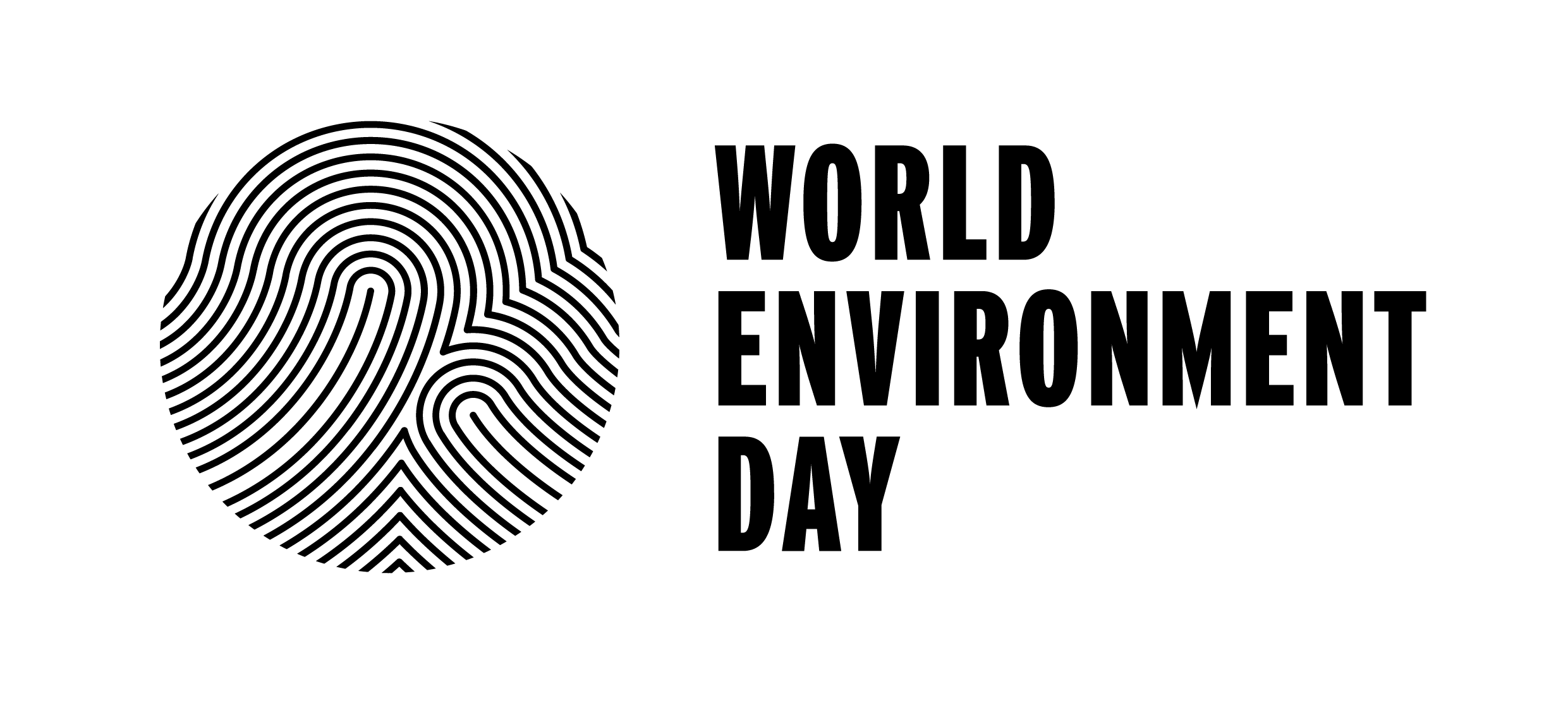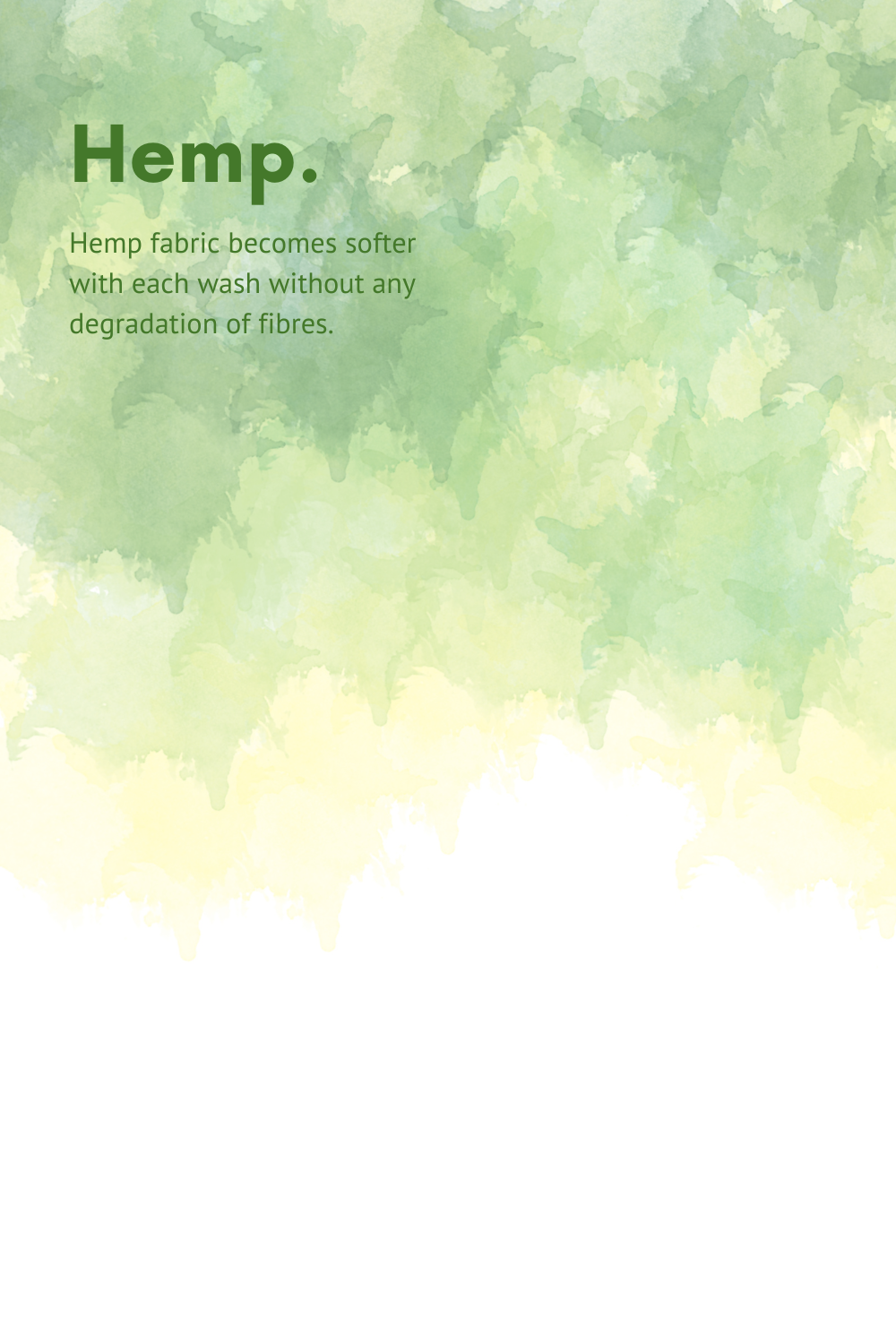
World Environment Day : Highlighting Sustainability with Hemp
This year, we will be introducing a new collection that goes beyond swimwear. In celebration of World Environment Day and its theme, "Our Land, Our Future," highlighting Land Restoration, Desertification and Drought Resilience, we're putting the spotlight on the fibre we've chosen for this capsule. However, we'll keep some details under wraps for now! This chosen fabric and new direction aligns with our 2025 goal to phase out synthetics and embrace more natural materials.

Hemp Environmental Benefits.
Soil Remediation: Hemp has deep roots that penetrate the soil, helping to break up compacted soil and improve its structure. Hemp can also absorb toxins and pollutants from the soil, helping to clean up contaminated land.
Carbon Storage: Hemp is a fast-growing plant that absorbs a significant amount of carbon dioxide from the atmosphere during its growth cycle. A hectare of hemp can absorb between 8 – 15 tonnes of CO2.
Water Conservation: Hemp requires less water compared to many other crops. Its deep root system also helps to retain moisture in the soil, reducing the need for irrigation and improving soil health.
Erosion Control: The extensive root system of hemp helps to anchor the soil, preventing erosion caused by wind and water. This makes hemp cultivation beneficial for protecting vulnerable landscapes from degradation and loss of topsoil.
Biodiversity Support: Hemp cultivation can promote biodiversity by providing habitat and food sources for various insects and wildlife.
Alternative to Deforestation: Hemp can be used as a sustainable alternative to wood for various applications, such as paper production and construction materials.
Drought Resilience: Hemp is naturally drought-tolerant once established. In regions susceptible to drought, cultivating hemp can offer a more resilient agricultural option compared to water-intensive crops.
Crop Rotation and Soil Health: Hemp can be integrated into crop rotation systems to improve soil fertility and reduce the risk of pests and diseases. Its ability to fix nitrogen in the soil also makes it a valuable component of sustainable farming practices.
Over the past couple of years, we've explored the versatility of hemp fabric and its suitability across various applications. We've been refining printing methods to ensure our vibrant print stories remain beautifully colourfast, while assessing its wearability and practicality for specific purposes. Partnering with a supplier that shares our dedication to sustainability and ethical manufacturing practices has been a key aspect in our partnership choices.

A closer look at hemp fabric.
Sustainability: Hemp stands as one of the most eco-conscious fibres available. Its cultivation requires minimal water, pesticides, and herbicides, making it a greener option in contrast to conventional materials like polyester or nylon.
Durability: Renowned for its robustness, hemp fibres are durable. They can withstand prolonged exposure to sunlight, saltwater, and chlorine, ensuring longevity and suitability for frequent wear.
Breathability: Hemp fabric naturally facilitates airflow and moisture absorption, promoting comfort by keeping the body cool and dry, particularly in warm and humid climates.
UV Protection: Hemp fibres inherently offer protection against harmful UV rays, shielding the skin from sunburn and potential damage during outdoor activities.
Biodegradability: Unlike synthetic counterparts, hemp is biodegradable. At the end of its lifespan, hemp decomposes naturally, reducing its environmental footprint compared to non-biodegradable materials.
Later this year, we are excited to introduce our upcoming capsule collection crafted from carefully selected hemp fabric that has been thoroughly worn and tested. Our commitment to sustainability drives us to make choices that benefit both our community and the environment. Through this collection, we aim to progress towards our mission of sustainably shaping swimwear.
On this World Environment Day and beyond, we invite you to reflect on your clothing choices and their ecological impact. Consider the ripple effect your clothing has on the environment, whether it's positive or negative. By doing so, we can collectively steer towards more sustainable choices. Stay in touch for exciting updates for new SHAPES IN THE SAND collections.
Written by Alexandra Dash | Creator SHAPES IN THE SAND













